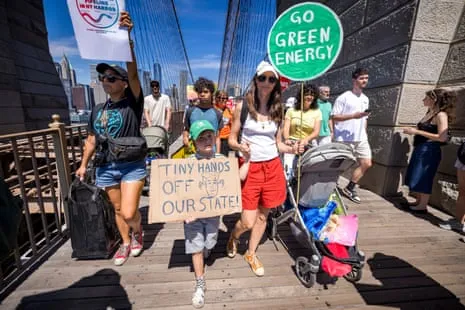Recent Articles
News • Cassandra Boyle • Sep 18
News • Cassandra Boyle • Sep 18
 By Cassandra Boyle
•
18 Sep 2025
By Cassandra Boyle
•
18 Sep 2025
 By Cassandra Boyle
•
18 Sep 2025
By Cassandra Boyle
•
18 Sep 2025
 By Cassandra Boyle
•
18 Sep 2025
By Cassandra Boyle
•
18 Sep 2025
 By Cassandra Boyle
•
18 Sep 2025
By Cassandra Boyle
•
18 Sep 2025
 By Cassandra Boyle
•
18 Sep 2025
By Cassandra Boyle
•
18 Sep 2025
 By Cassandra Boyle
•
18 Sep 2025
By Cassandra Boyle
•
18 Sep 2025
 By Cassandra Boyle
•
18 Sep 2025
By Cassandra Boyle
•
18 Sep 2025
 By Cassandra Boyle
•
18 Sep 2025
By Cassandra Boyle
•
18 Sep 2025
 By Cassandra Boyle
•
18 Sep 2025
By Cassandra Boyle
•
18 Sep 2025
 By Cassandra Boyle
•
18 Sep 2025
By Cassandra Boyle
•
18 Sep 2025
 By Cassandra Boyle
•
18 Sep 2025
By Cassandra Boyle
•
18 Sep 2025
 By Cassandra Boyle
•
18 Sep 2025
By Cassandra Boyle
•
18 Sep 2025




